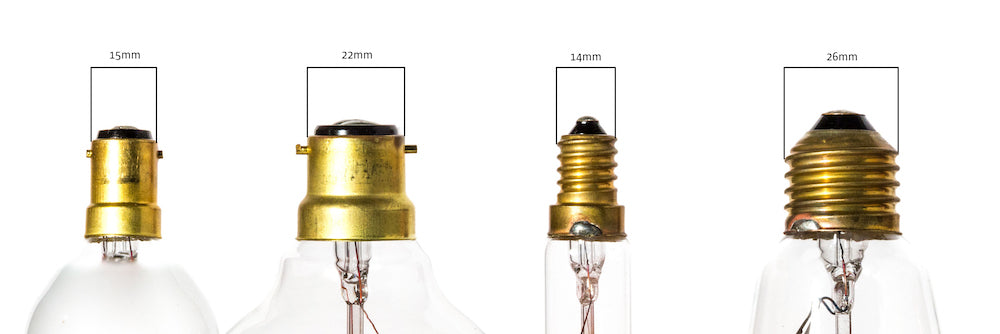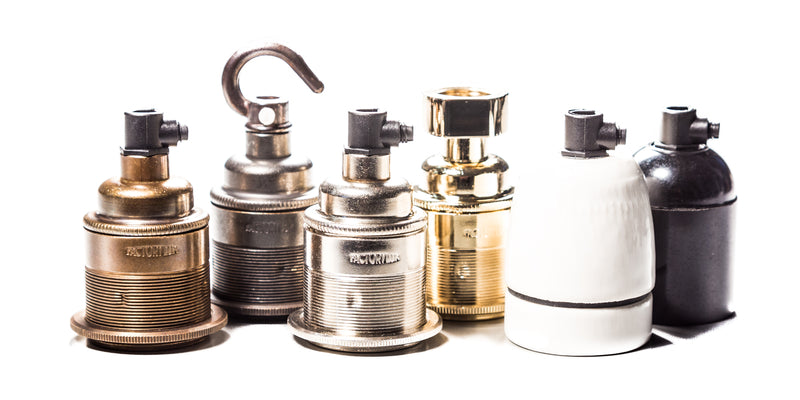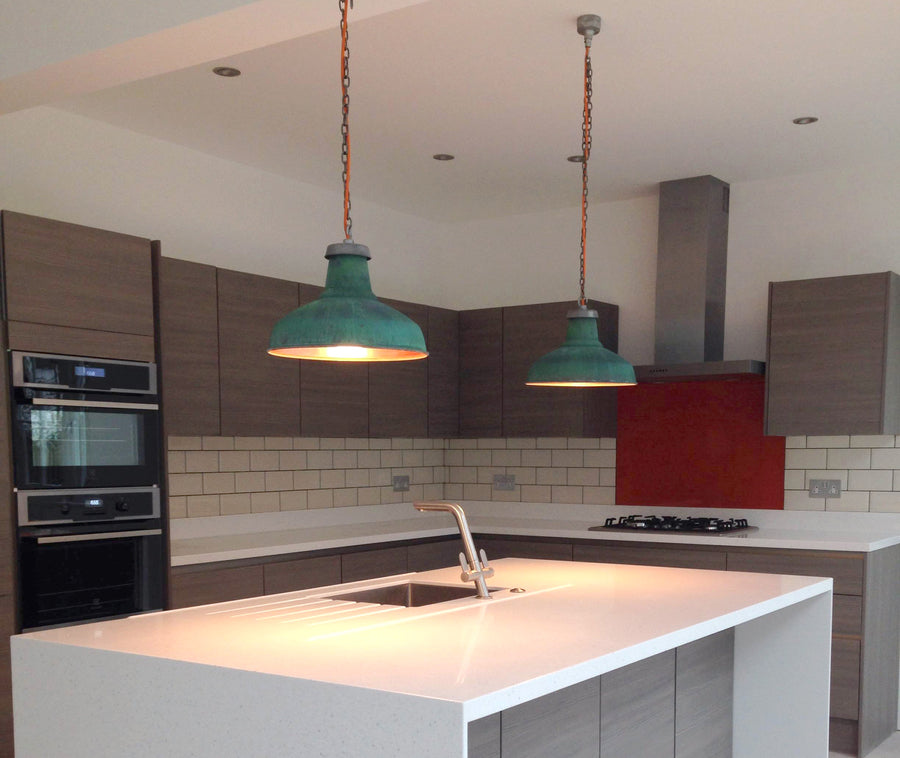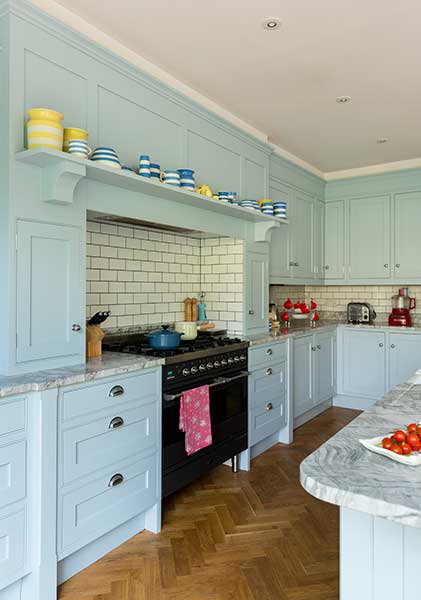A lamp holder is the device for holding a light bulb or lamp. Most light fittings or luminaires have a lamp holder.For wall and ceiling lights with a fixed lamp holder, it's important that the lamp holder is compatible with the type of bulb you want to use. For pendant lights it's important that the lamp holder is both compatible with the type of bulb you want to use and your preferred lamp shade. For more information about light bulbs and light sources see Unit 2 - Light Sources Explained. If you know which lamp holder you want, the table at the bottom of this page has quick links to product pages. If you are not sure which lamp holder you want, here's the explanation of the three key decisions: which type of socket, how the lamp holder is going to be fixed, and what is the best material/finish for your project.
Lamp Holder Types
Bayonet or screw? Standard or small?
There are two main types of light bulb cap: Edison screw (ES) and bayonet (BC). The most common sizes are:- E27 or ES or 'standard screw', where the diameter of the light bulb cap is 27mm
- E14 or SES or 'small Edison screw', where the diameter of light bulb cap is 14mm
- B22 or Ba22d or BC or 'bayonet cap', where the diameter of the light bulb cap is 22mm
- B15 or Ba15d or SBC or 'small bayonet cap', where the diameter of the light bulb cap is 15mm

Light Socket fixings
Cord grip, hooked or threaded lamp holder?
There are three main options:- Cord grip, where the lamp holder includes a cord grip to secure the supply cord and is is suspended as a pendant light. Common types include a compression fitting, looping the cable round an internal obstacle, or a screw which presses against the cable
- Threaded, where the lamp holder has a threaded component which is used to mount it on a support. Common in table/standard lights where the lamp holder is fixed to the base/stem of the lamp, and also used in conduit applications. These used to be called 'nipple' lamp holders. The threaded parts come in a range of metric and imperial sizes.
- Hooked, where the lamp holder has a hook for suspending using chain, rope or hooking over a fixture. Hooked lamp holders should still have a cord grip - the chain secures the lamp holder, but there needs to be a device for stopping the supply cable being pulled out.
Brass, silver, bronze, Bakelite or Ceramic?
The material and finish options include:- Metal, usually machined from brass and available with a choice of finishes including aged brass or silver nickel plate.
- Ceramic, moulded from clay, which is then glazed and fired. An off-white glaze is the most common, but other colours are available.
- Plastic, which is low-cost and widely available. In addition to the modern white plastic, there are more traditional Bakelite lamp holders.
 The main material and finish options (left to right): Bakelite, ceramic, bronze, brass, silver and gold.
The main material and finish options (left to right): Bakelite, ceramic, bronze, brass, silver and gold.Switches and skirts?
Switched lamp holders have a slide switch on the lamp holder. They are commonly used for table or desk lights so the light can be controlled at source rather than by a wall or cord switch. The design of bayonet lamp holders means incorporating a switch is easy. Switched screw lamp holders are uncommon and generally unattractive. Switches are useful for standard or table lights, but unnecessary or impractical for pendant and wall lights. Some lamp holders - particularly bayonet - have a flared skirt which hides the base of the light bulb. After declining in popularity, skirts have made a come-back to cover the larger base or ballast - required to house the electronics - of CFL and LED bulbs.Shade Rings
If you plan to fit a lamp shade, it needs to be fixed in some way. Some lamp shades attach to the supply cord and the lamp holder hangs free below the shade. Commonly, the neck of the lamp shade itself or an internal carrier ring or harp attaches to the body of the lamp holder. Lamp holders usually have a ‘lip’ that the neck of the shade can be pushed up against. A shade ring can then be screwed onto the body of the lamp holder towards the neck of the shade, fixing it in position (see diagram below). Alternatively, where the lamp holder does not have a 'lip' two shade rings can be used to 'sandwich' the neck or carrier ring. The diameter of lamp holder barrels, and shade neck and carrier ring sizes vary. However, 40mm is a common size for E27 and 28mm for B22 lamp holders. New shades often come with different size ring inserts and there are adapters for old ones.Conclusion
There are a huge range of lamp holders available. Whichever one you buy it should comply with the current standards which are BS EN 60238:2004+A2:2011 (Edison screw lamp holders); BS EN 61184:+A1:2011 (bayonet lamp holders); and BS 7895:1997 - incorporating amendments Nos 1 and 2 (bayonet lamp holders with advanced safety). Finally, it's important to know if the lamp holder is Class I (requires an earth connection - must be wired with three core cable) or Class II (does not require an earth connection - wire with two-core cable). The next unit of Lighting 101 is Unit 5 Basics Of lighting Design and looks at the issues to consider when choosing the light fittings for your home.
|
Types |
E27/ES - Standard Screw |











Leave a comment
This site is protected by hCaptcha and the hCaptcha Privacy Policy and Terms of Service apply.